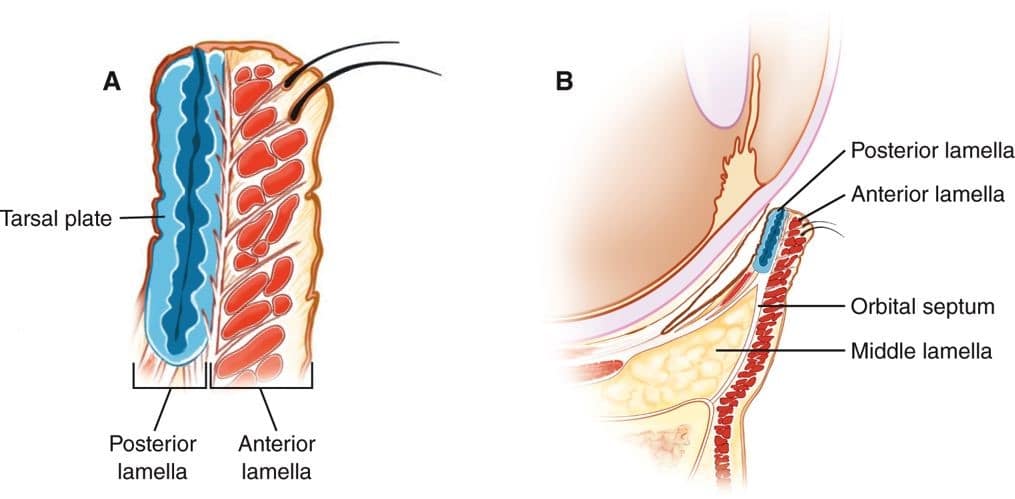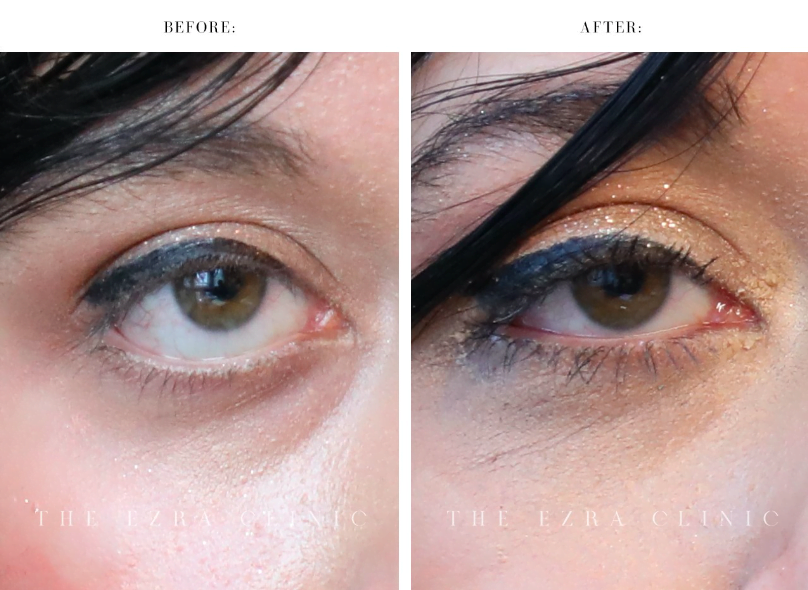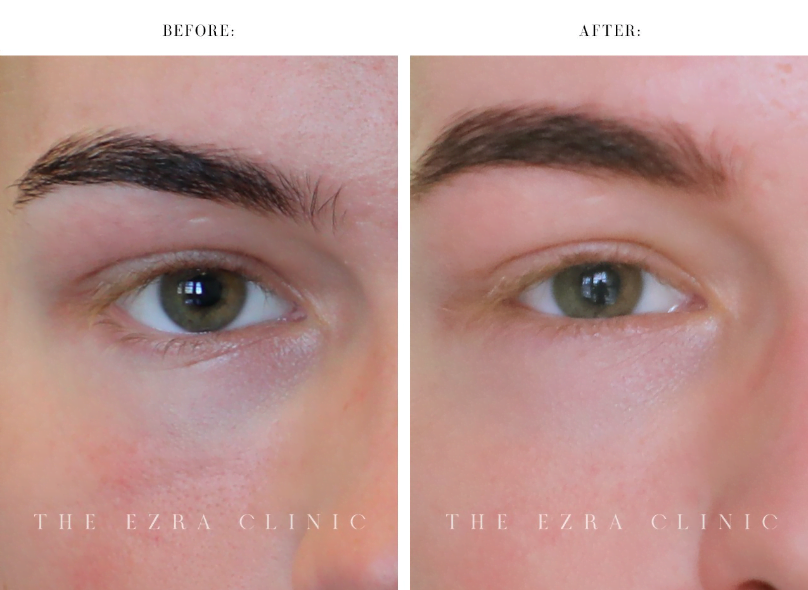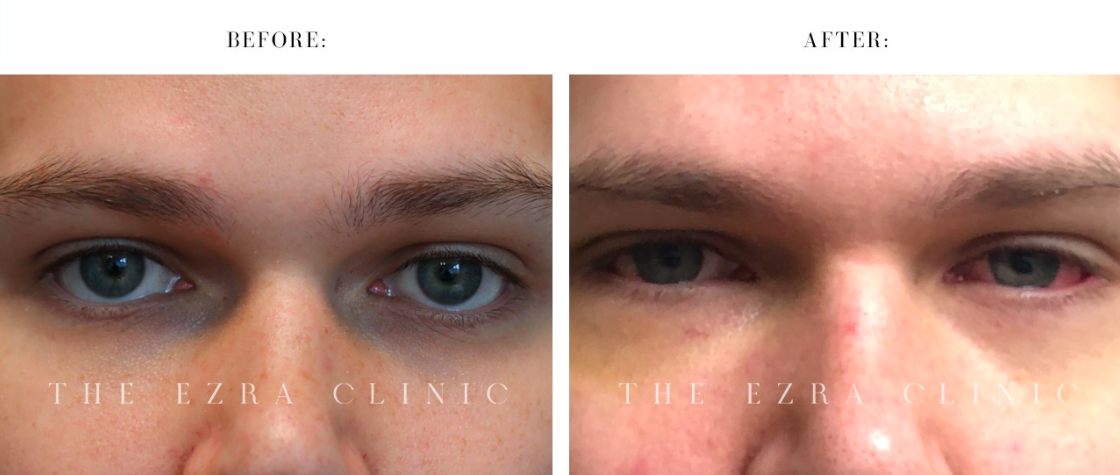FAQ
Canthopexy vs. canthoplasty: What’s the difference?
Canthopexy before and after images usually show very subtle changes to the tilt of the eye. The procedure uses small sutures to adjust the overall eye shape. This procedure is innefective on its own at creating any significant change to canthal position.
Canthoplasty, on the other hand, uses more complex surgery to reshape the eye, often tightening the lateral tendon of the eye and refixing the tendon to the wall of the eye socket. . The results are usually more noticeable and longer lasting.
For patients requiring significant adjustment in the lateral canthal position, we will sometimes recommend bone drilled canthoplasty, where the tendon is fixed directy to the bone of the eye socket through small drill holes.
Does almond eye surgery leave scars?
All the surgical work is done inside the eyelid so once recovery is complete, the only evidence is your new, almond-shaped eyes. The exception to this is the canthoplasty which can leave small incisions in the outer corner. These are rarely noticeable and settle well.
Is almond eye surgery safe?
Yes, when you book your procedure to make eyes bigger, surgery is safe and effective with the team at The Ezra Clinic. our consultants have trained or practiced at the world-renowned Moorfields Eye Hospital and our specialists focus solely on oculoplastic procedures. Book a consultation before committing to any procedure to fully understand the overall process.
What factors need to be considered for almond eye surgery?
If you want hunter eyes, these can be achieved through almond eye surgery with or without canthoplasty. However, we’ll look at several factors before deciding if the almond eyes operation is right for you. For example, if your eyes are set further forward than your cheeks, the results may not last. Other factors include if you have dry eyes or blepharitis. Our expert team will assess the possibilities of these conditions carefully and suggest alternative treatment and care where appropriate.




